Cities Skylines: Game over for town planners and urban designers or a new level of understanding for future generations?

Tibbalds
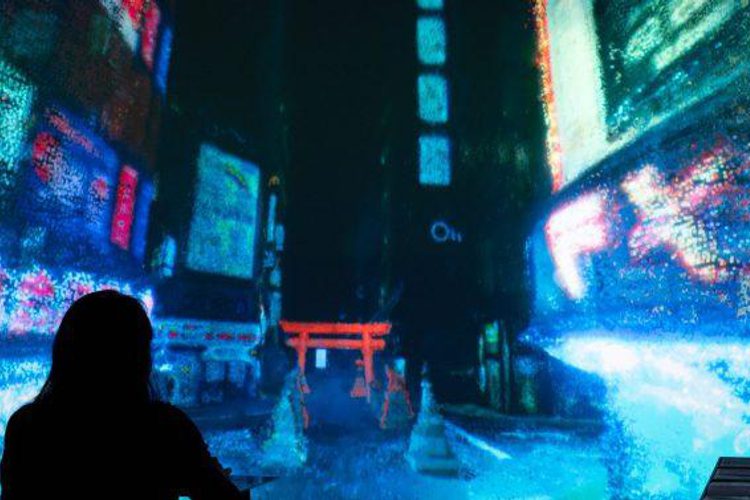
In this blog post Tibbalds’ urban designer Cezar Petcu reflects on how technology might be able to help to convey the challenges involved in urban design and placemaking more easily with local communities.
The idea of placemaking has always been hard for many people to understand, many believe cities and settlements evolve in a ‘natural’ way and that how we plan them doesn’t have a big influence the well-being of society. Even today many peoples understanding of placemaking is limited to façade design, poorly maintained public space or local history. Many hate construction sites and are not always very welcoming when it comes to new development. This leads to confusion and often arguments about what is proposed based on a lack of understanding of a range of complex issues. This can have a huge impact on proposals for new buildings or public areas.
Through our role urban designers and planners are seeking to improve a range of factors in how a place works including: the economy, quality of life, delivery of social infrastructure etc. We do this through testing different options, making rules and principles, design codes and guides etc. Even if we talk about utopic concepts or just introducing new means of transport the life of a place is to some extent always in the hands of architects, urban designers and planners.
More recently, technology has become a part of our every day working lives and is generally introduced in every industry in order to make things easier. Placemaking industries embraced the computer as a huge sheets of paper were replaced by small screens, and as all the hours spent on carefully set up 3d hand drawings, have been replaced by computer renders. Technology continues to evolve and can now take into account a huge range of variables and generate entire schemes rather than just drawing lines and virtual 3D models of individual buildings.
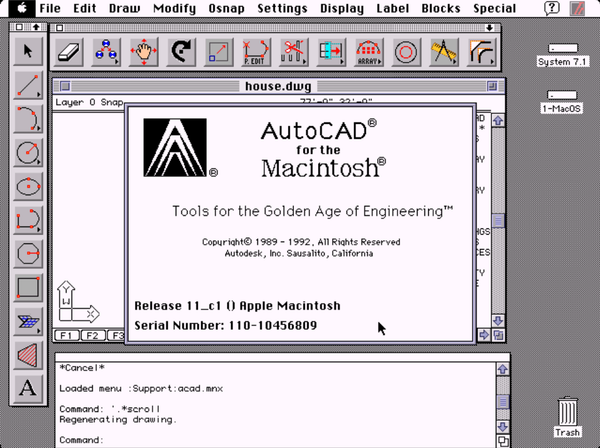
Fig 1: Early version of AutoCad – computer assisted design software. Source: winworldpc.com
Some professionals see the phenomena as a threat and think that modern software will take over the industry while others see it as a very powerful tool that will make all the process more efficient. As an example Adam Greenfield (urban designer and writer) wrote in Wired Magazine: “digital placemaking tools etch away at the professions of architecture and urban planning, eroding their claim to sovereignty over the authorship of plan, movement and the capacity for transaction”.
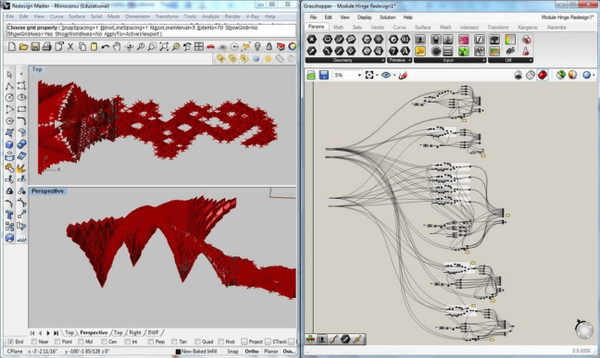
Fig 2: Modern parametric-based software generating a shape. Source: Pinterest
Whilst some architects and planners may see it as a threat the digitalisation of placemaking has helped other industries, such as video gaming, to get the youth closer to what a city is about, how it works and how it can be better. In 1989 SimCity launched a city-building simulator that would allow players to put their imagination onto a series of challenging missions that would have as final output a completely new city. At the time the game was one of the most popular world-wide. It had a huge impact over generations of future architects and planners by explaining (roughly) what building a city is about in a simple and entertaining way. Playing SimCity is one of the things that led me towards my interest in urban planning and urban design.
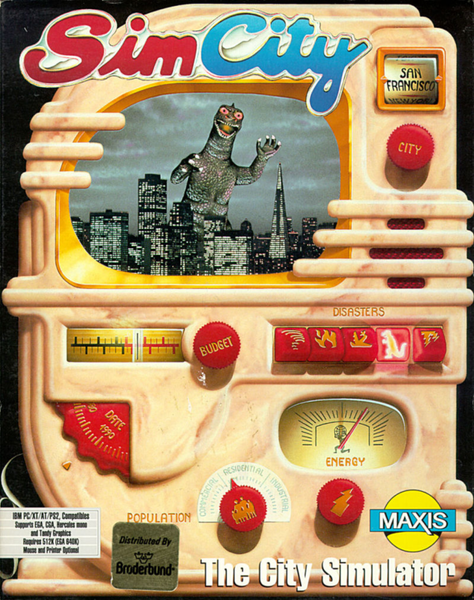
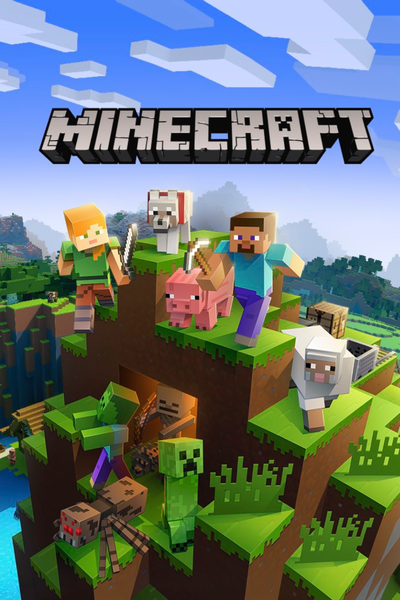
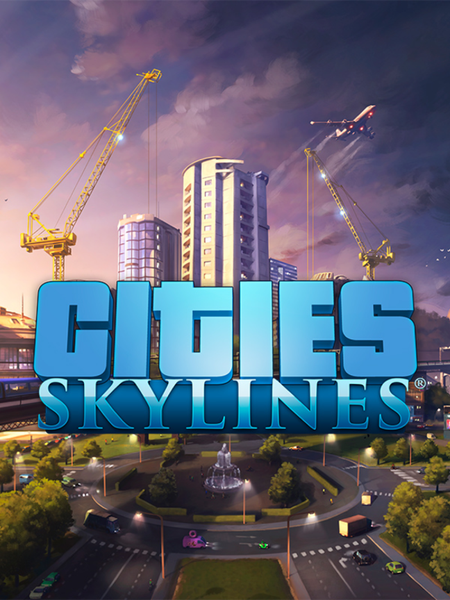
Fig 3: SimCity classic edition cover. Source: mobygames.com. Fig 4: Minecraft cover. Source: Microsoft.com. Fig 5: Cities:Skylines cover. Source: Twitch.tv
In 2009 another popular video game changed the way young people and mostly kids relate to architecture. Minecraft managed to develop a small scale design tool that could help a 10 year old to design a house in minutes by a few taps and swipes on an iPad using an initially pre-set library of building materials in cuboid form, on an ever changing range of landscapes and topographies.
Since the initial release of first SimCity numerous video games have tried the same approach – city-building simulator – but few of these have had a major impact as they were really just different versions of the same concept. However, in 2015 another game changer appeared, this time with a lot of help from the kind of design software technology that we are familiar with through our work. This new game was Cities Skylines and whilst the approach is more similar to SimCity rather than Minecraft, it offers an incredibly large range of parameters that could influence the fate of a place.
Using high quality graphics and more realistic physical behaviour of materials the game gives the user freedom to create and grow a settlement in any context (by editing the terrain, natural features etc.). Once the context is set, the interesting part begins as the player is asked to set the rules for the development such as types of activities or street typologies. As the town or city grows the game analyses, detects and offers real-time information about noise and pollution levels, electricity and clean water and sewerage provision, traffic generated issues, the need for schools and health facilities, or any other inconvenience caused by the current layout. In this way, the gamer has to use their money wisely and can fairly realistically understand the impact of a decision made in terms of the provision and location of facilities within a town or city and its impact on the inhabitants. One of the most fascinating aspects of the game is the way that it reports the relationship between numerous variables within the city. No doubt this game play will have a positive impact on those playing its understanding of how places work, whether they realise it at the time or not.
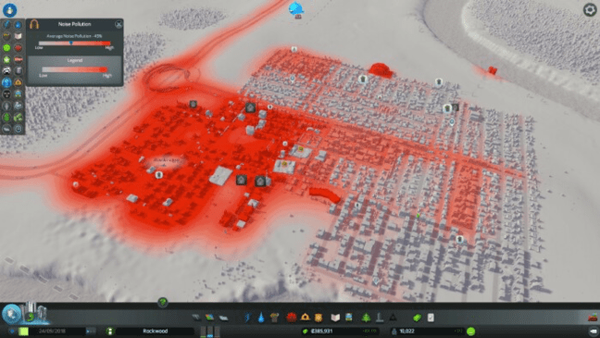
Fig 6: Cities:Skyline noise pollution analysis. Source: quartertothree.com
In addition, there is a very busy YouTube channel with gamers (and a few planners) posting videos that test different variables, scales of development and their impact within the game on the cities and towns they have created.
At Tibbalds we have been trying out Cities Skylines and seeing what potential it might have to help us, as well as those on the communities we are working with, to understand how places are planned and how they grow. Clearly this is something that may be most interesting to young people who are already gamers but it could also be something that has the potential to be used more widely and in particular as a tool to consider growth and the trade-offs that come with deciding what is delivered when.
In summary, as new generations grow up surrounded by screens on the latest phones, tablets or laptops it is getting easier for them to understand and to grow an interest in placemaking and city planning concepts from a young age. As the industry makes huge progress in developing smarter and more powerful digital tools for the future creators of the cities to use it will be interesting to see how this makes those young people who have used them react to development proposals in real life.
So, will technologies be a benefit or a threat to good urban planning in the future?
Are these useful tools for working with communities on growth? And will our jobs be replaced by some future version of one of these games?
Related Updates

A step in the right direction

Tibbalds

Medium density housing – how to deliver greater choice

Tibbalds
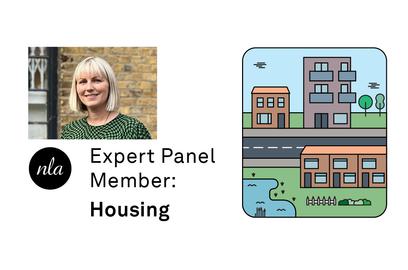
Lizzie Le Mare joins NLA Expert Panel

Tibbalds
Stay In Touch
Sign up to our Newsletter
Subscribe to our newsletter to receive updates about making people friendly places.